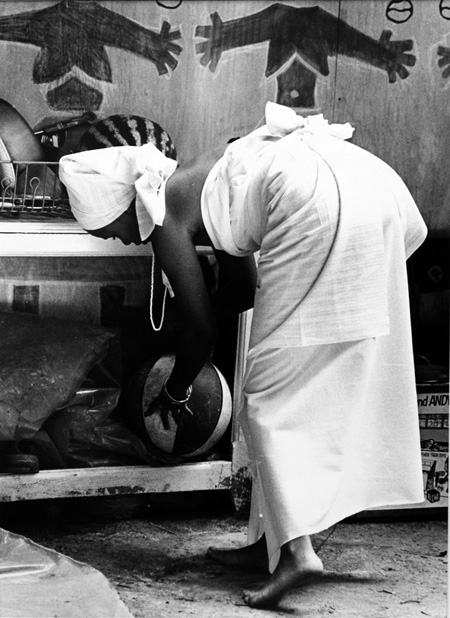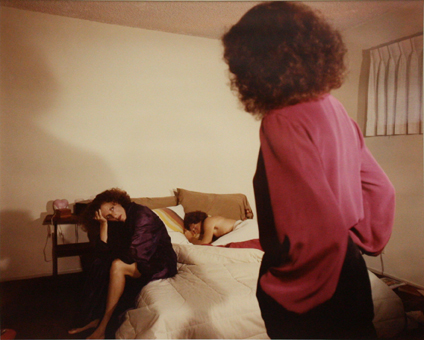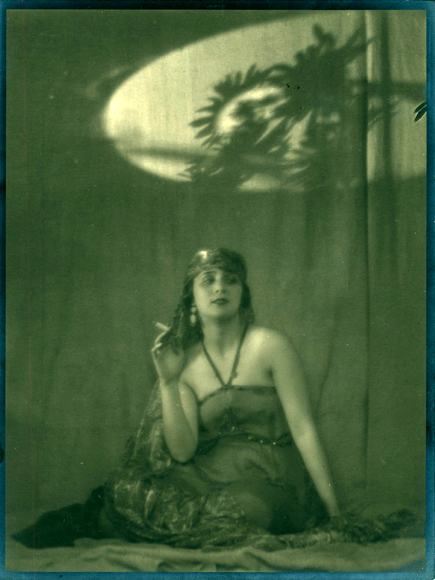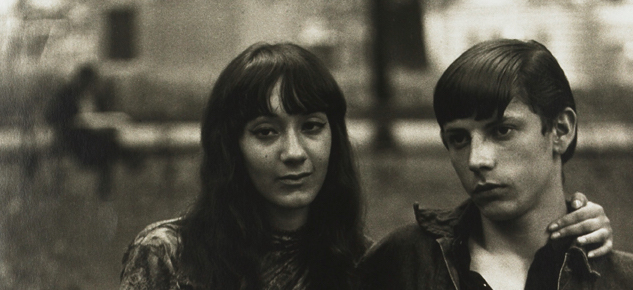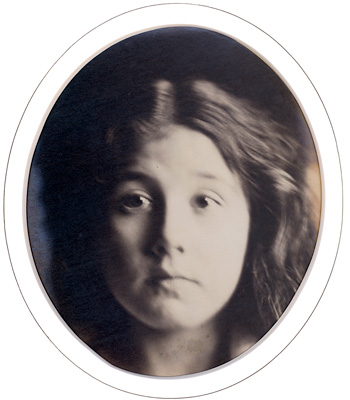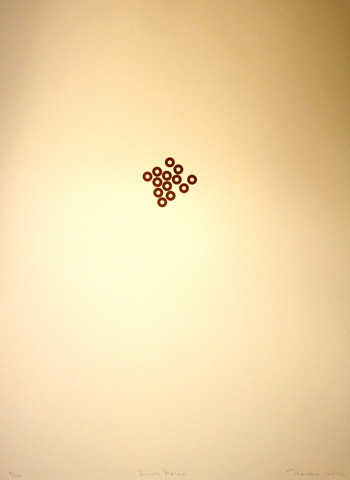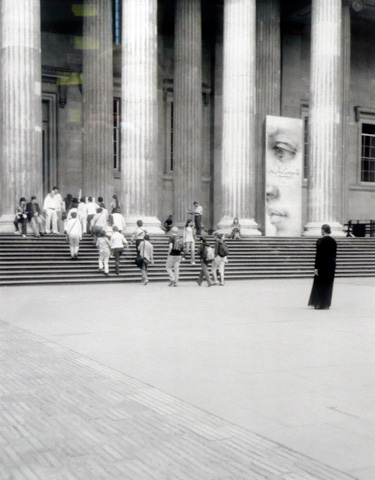Essays on Artists & Acquisitions (page 7)
William Anderson
During his forty-year photographic career, William Anderson documented the everyday lives of impoverished African Americans in the rural South. His pictures reveal their endurance, dignity and humanity in the face of great hardships. Anderson’s photographs look beyond the wretched conditions of poverty to encompass a sense of community, laughter, and even triumph, without erasing or negating the destitution of the poor.
Read MoreEileen Cowin
Eileen Cowin’s work in the 1980s explores the depth of narrative that mise en scéne photography can convey to a viewer. Mise en scéne photographers exert a control over their work that is similar to an auteur’s command over a movie-set: they both have total mastery over every detail.
Read MoreArthur Kales
Arthur Kales’ portrait of Ruth St Denis gives dimension to a compelling artistic discourse about cultural diversity in America.
Read MoreGregory Crewdson
Contemporary photographer Gregory Crewdson doesn’t take pictures. Instead, he spends several months meticulously planning surreal and elaborately staged scenes of American homes and neighborhoods. Building his stage sets from scratch, his large-scale photographs require a crew of 40 to 50 people to set up the detailed and suspenseful scenes, including lighting, set designers, and even casting directors.
Read MoreDiane Arbus
Diane Arbus often established connections between the strangers whose portraits she chose to capture. Visiting their homes and learning about their private lives, Arbus still managed to include a mysterious aspect in all of her photographs that make the viewer wish to engage with the subject in the same manner that Arbus did.
Read MoreJack Delano
With his camera, Delano captured valuable historical events, and in doing so, he gave voice to those most affected by tragedy. In 1939, he was commissioned by the Farm Security Administration’s (FSA) photography project, a governmental effort to record and understand the effects of policy reform on small-town America.
Read MoreJulia Margaret Cameron
In 1863, Julia Margaret Cameron, one of Victorian England’s most renowned women photographers, received her first camera at the age of 48. Given her age and gender and the time period she was living in, Cameron was not expected to contribute much to photography as an art form. However, her skill and persistence made her photographs some of the most iconic images of the Victorian era.
Read MoreSamella Lewis
The face in I See You is backed by solid black and defined in white. If one observes the image from a short distance, a stark black/white dichotomy is evident (look, for example, at the whites of the figure’s eyes), but when one looks from farther away, the lines blur, and the face appears to be in grayscale. Considered in light of Dr. Lewis’s trailblazing work as a Black artist, this phenomenon might be interpreted as a commentary on race relations in the 21st century.
Read MoreNancy Macko
Nancy Macko’s interest in the science of bee societies led to a curiosity in mathematics, which in turn resulted in her exploration of the intersection of math and art. In her recent work, Macko has explored prime numbers and the phenomenon of prime deserts.
Read MoreCarrie Mae Weems
As Andrea Kirsh writes in “Carrie Mae Weems: Issues in Black, White and Color,” by the age of 27, Weems “had professional experience in modern dance; a progression of unskilled and semi-skilled jobs on farms and in restaurants, factories and offices; and extensive grass-roots political experience in socialist and feminist organizations.”
Read More

